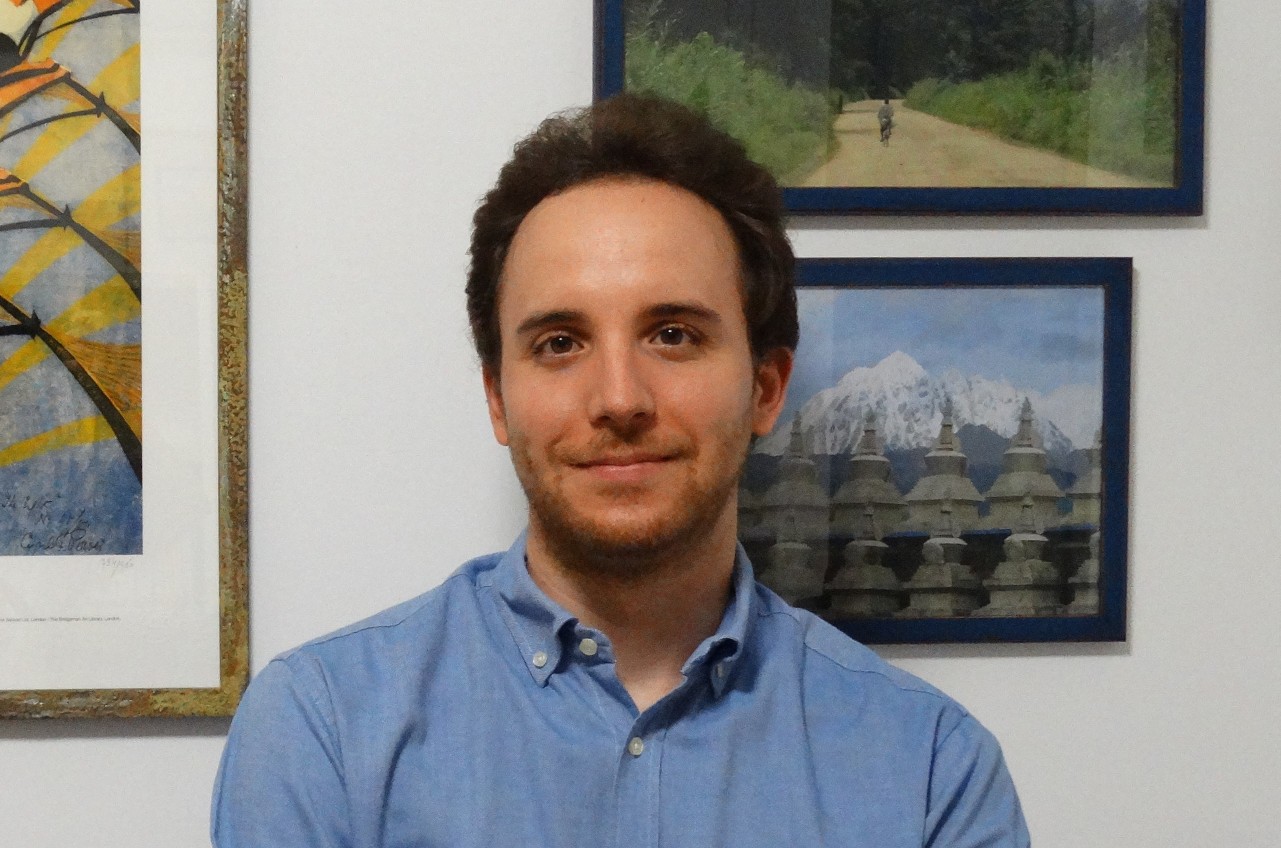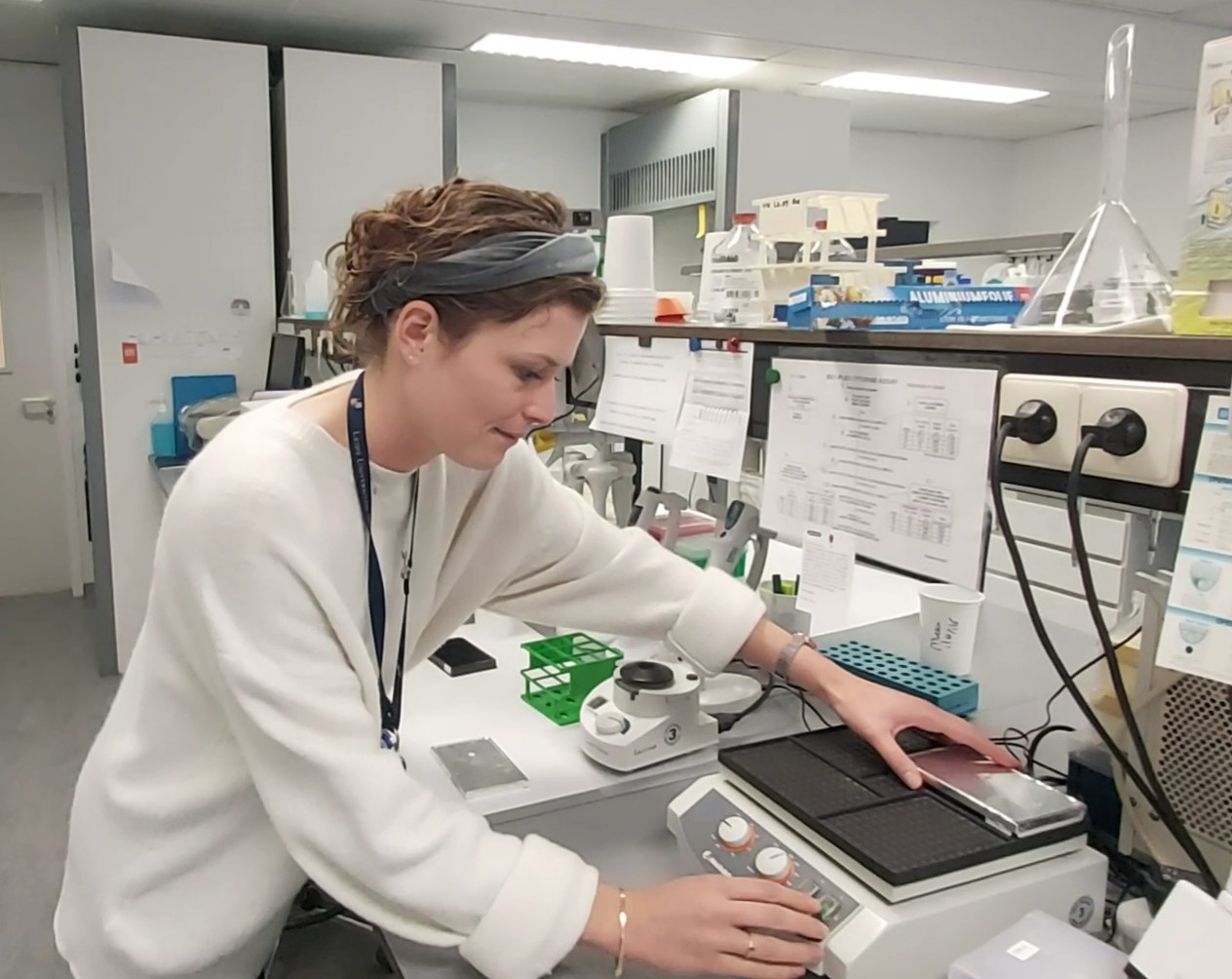This year, EBMT has given 8 special awards for the best abstracts submitted for oral presentations, and 7 special awards for the best abstracts submitted for poster presentations at this year’s online congress.
The prize-winning abstracts were selected from the top-scored abstracts submitted by young physicians (aged under 35 years). Each awardee was presented with a € 500 prize (kindly supported by CSL Behring) during a dedicated awards session during yesterday’s online programme.
Sadly, there is not enough space in this article to highlight all our 15 winners, however here we meet two of them and find out more about their studies.
Eduardo Rodríguez-Arbolí (Spain)
FLAMSA-based reduced intensity conditioning versus myeloablative conditioning in patients with relapsed/refractory acute myeloid leukemia with active disease at the time of transplantation: an ALWP/EBMT analysis
To see Eduardo’s abstract, click here:
https://www.professionalabstracts.com/ebmt2020/iPlanner/#/presentation/5096
Q: Congratulations on receiving one of EBMT’s Best Young Abstract Awards Eduardo. Can you tell us a little about yourself, your age, institution and how long you have been involved in haematology research?
A: I am 30 years old and a Río Hortega clinical research fellow in Seville, Spain. I divide my time between research and clinical practice at the Seville Biomedicine Institute (IBiS) and the Hospital Universitario Virgen del Rocío, where I lead the AML clinical trial programme. I just finished my residency in 2019, so this is my first academic position. Prior to my haematology training I had exposure to cancer research as an MPhil student in Prof. Duncan Jodrell’s lab at Cambridge, and also collaborated with the Swiss Tropical and Public Health Institute on HIV epidemiological studies in rural Tanzania. These first encounters with the challenges and rewards of translational and clinical research reaffirmed my wish to combine both throughout my career.
Q: Why did you decide to do this study?
A: Despite exciting advances in novel therapies, allogeneic stem cell transplantation still remains the most powerful tool at our disposal to provide a substantial survival benefit to patients with relapsed or refractory AML. A proportion of these patients undergo transplant with active disease, and optimal conditioning choice in this patient population is controversial due to historically high non-relapse mortality and relapse rates. Sequential FLAMSA chemotherapy followed by reduced-intensity conditioning has emerged as a promising alternative strategy and is increasingly used in this setting, but it is unclear how it compares to standard myeloablative conditioning regimens. The Acute Leukemia Working Party of the EBMT provided an excellent platform to address this open question.
Q: What were the main findings?
A: In our analysis in a large retrospective cohort of younger AML patients up to the age of 50 who underwent transplant with active disease, we did not find significant differences in terms of relapse incidence or overall survival between commonly employed myeloablative conditioning regimens and FLAMSA chemotherapy followed by TBI-based reduced-intensity conditioning. In contrast, the subgroup of patients who received FLAMSA followed by TBI-free reduced-intensity conditioning showed lower non-relapse mortality and similar relapse risk, resulting in increased overall survival. In the absence of evidence from prospective clinical trials, our study suggests that this latter strategy may offer an advantage. While about a third of patients obtained a long-term survival benefit from transplant with active disease, our data also highlight the need for better therapeutic options in this very challenging clinical setting.
Q: What other projects are you working on at the moment?
A: I am currently in the final stage of my PhD under the supervision of my mentor Prof. José Antonio Pérez Simón, where we are exploring the potential role of hedgehog signalling inhibition in the treatment of patients with chronic sclerotic graft-versus-host disease. Additionally, I keep busy through registry-based studies with the Spanish GETH and PETHEMA groups. Looking ahead, I hope to get more involved in lab-based AML research in the next few years. I am looking forward to sharing more of our data at future EBMT meetings!
Thanks Eduardo, and enjoy your 500 Euro prize!

-------
Lisa V.E. Oostenbrink (Netherlands)
Successful HLA-mismatched HSCT in paediatric patients with hemoglobinopathies using ATG serotherapy and posttransplant cyclophosphamide
To see Lisa’s abstract, click here:
https://www.professionalabstracts.com/ebmt2020/iPlanner/#/presentation/5382
Q: Congratulations on receiving one of EBMT’s Best Young Abstract Awards Lisa. Can you tell us a little about yourself, your age, institution and how long you have been involved in haematology research?
A: Thank you for the congratulations, I am really honoured that I received one of the EBMT’s Best Young Abstract Awards. About me: I am 28 years old and started working at the Laboratory of Paediatric Immunology of the Willem-Alexander Children’s Hospital, Leiden University Medical Center in Leiden, the Netherlands in 2017 as a Masters student. After finishing my Masters in medicine and biomedical sciences I continued as a PhD student focusing on the immuno-pharmacological aspects of anti-lymphocyte antibody therapies in paediatric stem cell transplantation.
Q: Why did you decide to do this study?
A: We have been performing mismatched donor HSCT for paediatric haemoglobinopathy by using ATG and post-transplant cyclophosphamide for a few years now, when there is no suitable HLA identical or matched unrelated donor present. ATG is mainly used to reduce the risk of rejection, and is therefore administered upfront aiming for an active ATG level below the lympholytic level of 1 AU/mL at day zero. Next, PT-Cy targets the alloreactive cells to prevent GvHD. We had the feeling that our strategy was successful, but you never know for sure until you analyse the patients as a cohort instead of looking at each individual separately. Since a matched donor is still the golden standard, we were also curious how the clinical outcome parameters of the mismatched group compared to the outcome in patients with a matched donor, therefore we decided to do this study.
Q: What were the main findings?
A: Our results show that the main outcomes, including disease free survival and GvHD are not inferior in the mismatched PT-Cy group as compared to the matched HSCT group. Moreover, despite delayed neutrophil engraftment and T- and NK-cell recovery in the mismatched PT-Cy group, this did not result into more infectious complications. Therefore we conclude that in the absence of an HLA identical or a matched unrelated donor, HSCT by using a mismatched or haploidentical donor in the context of here presented upfront ATG + PT-Cy regimen can be considered as an equally safe and effective treatment option for paediatric haemoglobinopathy patients.
Q: What other projects are you working on at the moment?
A: We are studying ATG in different disease settings (malignant and non-malignant diseases) and HSCT strategies. One of the main projects I am currently working on with my colleagues is the pharmacokinetics and pharmacodynamics of the two different rabbit ATG products (Thymoglobulin and Grafalon) in a large cohort of paediatric patients with ALL (ATG add-on study of the FORUM study). We hope to present the results of this project at the next annual meeting of the EBMT.
Congratulations Lisa, and enjoy your 500 Euro prize!
